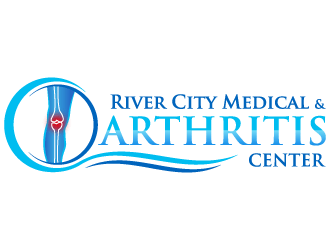Scleroderma


Scleroderma is a multi-system disease characterized by functional and structural abnormalities of small blood vessels, thickening of the skin and internal organs, and immune system activation. It is an acquired, non-contagious, rare disease of unknown etiology that occurs sporadically worldwide. Age, gender and genetic background are host factors that modify disease susceptibility. It occurs in individuals with a peak age of 35 – 65 years. Female predominance is most pronounced during mid- and late-childbearing years.
The initial symptoms typically are nonspecific and include fatigue, lack of energy, musculoskeletal complaints and Raynaud’s phenomenon (cold hands and feet associated with color changes of the skin of the digits). These symptoms may persist for weeks or months before other signs emerge. The first specific clinical clue to suggest a diagnosis is skin thickening that begins as swelling or “puffiness” of the fingers and hands.
Scleroderma is classified into subsets of disease defined by the degree of clinically involved skin.
Diffuse cutaneous scleroderma
-
Proximal skin thickening involving face/neck, trunk and symmetrically, the fingers, arms and legs
-
Rapid onset of disease following appearance of Raynaud’s phenomenon
-
Significant visceral disease: lung, heart, gastrointestinal or kidney
-
Associated with antinuclear antibodies and absence of anticentromere antibody
-
Variable disease course but overall poor prognosis
Limited cutaneous scleroderma
-
Skin thickening limited to symmetrical change of fingers, distal arms, legs and face/neck
-
Progression of disease after onset of Raynaud’s phenomenon
-
Late visceral disease with prominent hypertension and digital amputation
-
CREST syndrome (Calcinosis, Raynaud’s phenomenon, Esophageal dysmotility, Scelerodactyly, and Telangiectasia)
-
Association with anticentromere antibody
-
Relatively good prognosis
Overlap syndrome
-
Diffuse or limited scleroderma with typical features of one or more of the other connective-tissue diseases
-
Mixed connective-tissue disease: features of systemic lupus erythematosus, scleroderma, polymyositis, rheumatoid arthritis, and presence of anti-RNP
Undefined connective-tissue disease
-
Patients with features of scleroderma who do not have definite clinical or laboratory findings to make a diagnosis
Localized scleroderma
-
Morphea: plaques of fibrotic skin and subcutaneous tissue without systemic disease
-
Linear scleroderma: longitudinal fibrotic bands that occur predominately on extremities and involve skin and deeper tissues
Raynaud’s phenomenon is one of the most common symptoms of patients with scleroderma. Symptoms appear suddenly as attacks are triggered by cold temperature or emotional stress. Classic Raynaud’s phenomenon goes through three color changes, white, blue and red, although these changes do not occur in all cases. Reversal of the attack generally occurs in 10 to 15 minutes after the stimulus has ended.
Other organs, besides the skin and musculoskeletal system, can be affected by scleroderma. Pulmonary involvement may present as shortness of breath on exertion. Gastrointestinal tract involvement can present with difficulty swallowing, heartburn, or constipation. Cardiac manifestations may be subtle and usually occur late in the course of the disease. Finally, renal involvement may present with accelerated hypertension or acute renal failure.
Scleroderma has a wide spectrum of clinical manifestations and severity, as well as a variable course. Spontaneous improvements occur frequently. Therapy can be divided into two categories: disease-modifying and symptomatic (organ specific). It is very important to monitor and treat patients with scleroderma to try and slow down the progression of disease.
